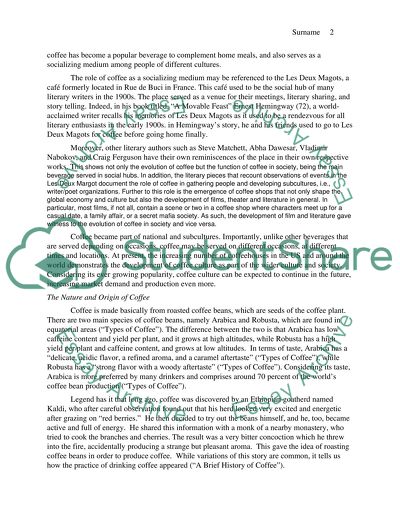Cite this document
(“Intercultural Communications Research Paper Example | Topics and Well Written Essays - 1500 words”, n.d.)
Intercultural Communications Research Paper Example | Topics and Well Written Essays - 1500 words. Retrieved from https://studentshare.org/other/1400704-intercultural-communications
Intercultural Communications Research Paper Example | Topics and Well Written Essays - 1500 words. Retrieved from https://studentshare.org/other/1400704-intercultural-communications
(Intercultural Communications Research Paper Example | Topics and Well Written Essays - 1500 Words)
Intercultural Communications Research Paper Example | Topics and Well Written Essays - 1500 Words. https://studentshare.org/other/1400704-intercultural-communications.
Intercultural Communications Research Paper Example | Topics and Well Written Essays - 1500 Words. https://studentshare.org/other/1400704-intercultural-communications.
“Intercultural Communications Research Paper Example | Topics and Well Written Essays - 1500 Words”, n.d. https://studentshare.org/other/1400704-intercultural-communications.


